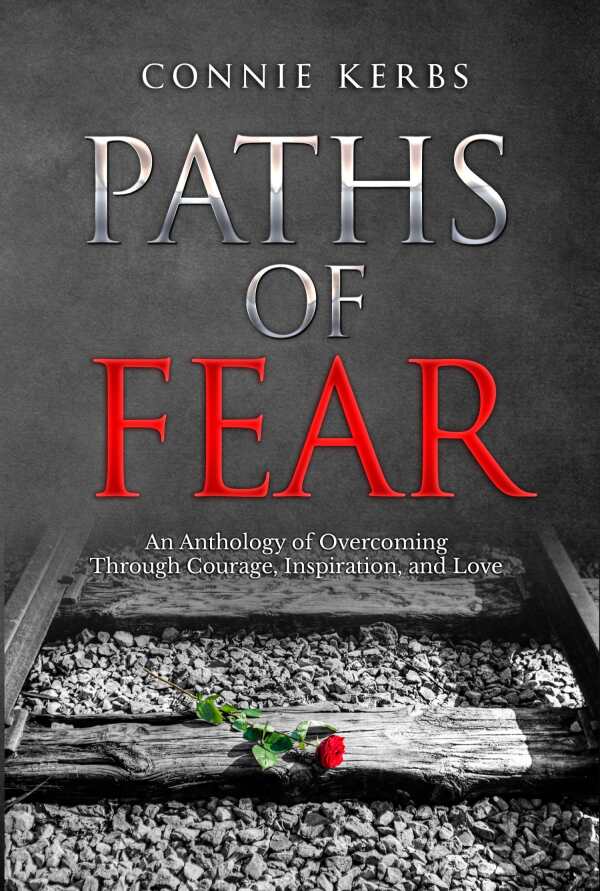Paths of Fear
An Anthology of Overcoming Through Courage, Inspiration, and Love
An engaging look at fear and the ways that people can survive it, this essay collection offers a bit of love in increasingly dark times.
A multifaceted collection, Paths of Fear: An Anthology of Overcoming Through Courage, Inspiration, and Love by Connie Kerbs showcases the many ways fear can present itself, from the mundane to the truly terrifying, and each contributor offers a different approach to overcoming it.
Accurately described by Kerbs as a “candid survey of fear’s many faces,” Paths of Fear never spends too much time on one perspective, instead opting to feature shorter, more impactful works that provide a comprehensive sense of the many ways that fear can manifest itself. From the fear of an emotionally abusive mother in “Perfect” to the terror of living in Nazi-occupied Leningrad in “Fear the Music,” Kerbs makes sure to include works that explore fear and provide ways of weathering it.
The concept behind Paths of Fear is both interesting and compelling. The book primarily consists of essays and poems. Some pieces are inherently relatable, while others offer fresh perspectives on seemingly common emotions. Sections are also divided by overarching theme. For example, “Nuts and Bolts” deals with the science behind fear, while “Mustard Seeds” features stories focused on faith.
This approach is smart, as it allows for readers to move around the text freely, picking and choosing what to read and when. Visual aids throughout the book are also well placed and helpful. For example, in “Sergeant Stubby,” the tale of America’s first war dog, images of the dog and his burial place at the Liberty Memorial provide an extra layer of meaning to an already interesting tale.
Many of the essays are well written, but those written by Kerbs herself are especially engaging. In “The Carnival Ride,” her imagery is captivating, perfectly rendering the sights, sounds, and smells of a carnival in the mid-1970s. When things go awry and she and her father become trapped on a malfunctioning ride, her language is concise yet powerful, communicating the primal nature of fear in that moment.
“Beautiful Life” also represents great storytelling; it is a brief account of the importance of clinging to the beauty in life, as opposed to succumbing to fear. Kerbs introduces several examples of recognizable fears that she has presumably faced—locking her keys in the car, a child making a questionable life choice—and discusses the importance of faith during these times. Her command of language is strong and aids the text greatly.
But the text is hindered by its formatting arrangements. Text size and fonts vary from story to story, and some strain the eyes. The spacing between headers, section breaks, and quotes is erratic. Quotations are too plentiful, used everywhere from the beginnings and ends of stories to section break pages, or sometimes on their own, and they lose their power quickly.
An engaging look at fear and the ways that people can survive it, Paths of Fear offers a bit of love and revelation in increasingly dark times.
Reviewed by
Amanda Adams
Disclosure: This article is not an endorsement, but a review. The publisher of this book provided free copies of the book and paid a small fee to have their book reviewed by a professional reviewer. Foreword Reviews and Clarion Reviews make no guarantee that the publisher will receive a positive review. Foreword Magazine, Inc. is disclosing this in accordance with the Federal Trade Commission’s 16 CFR, Part 255.


